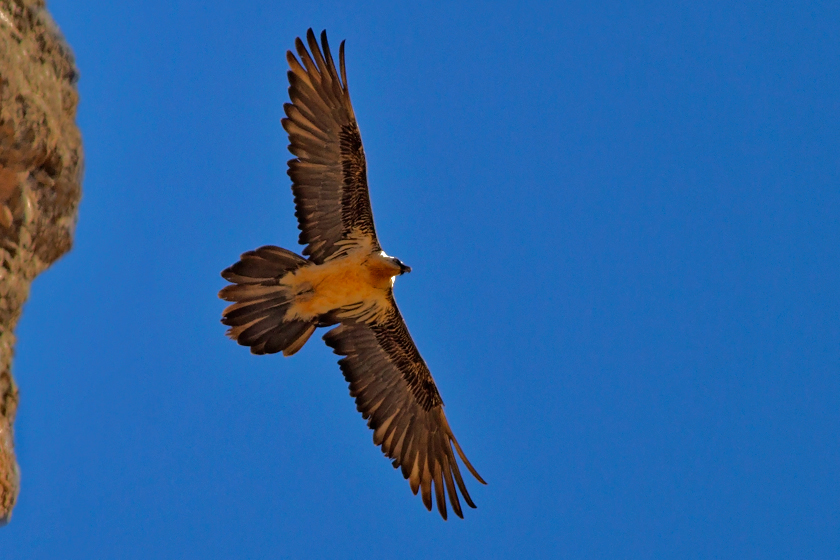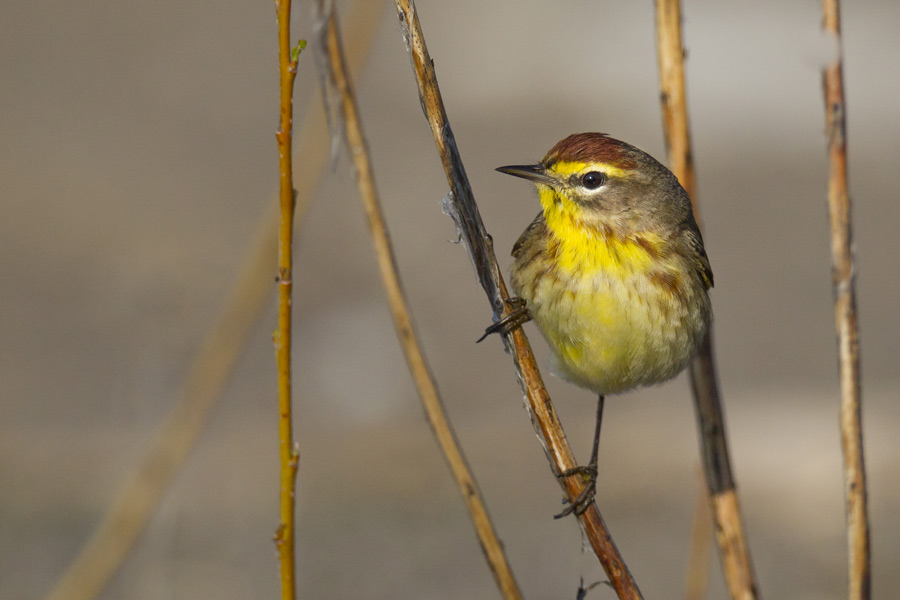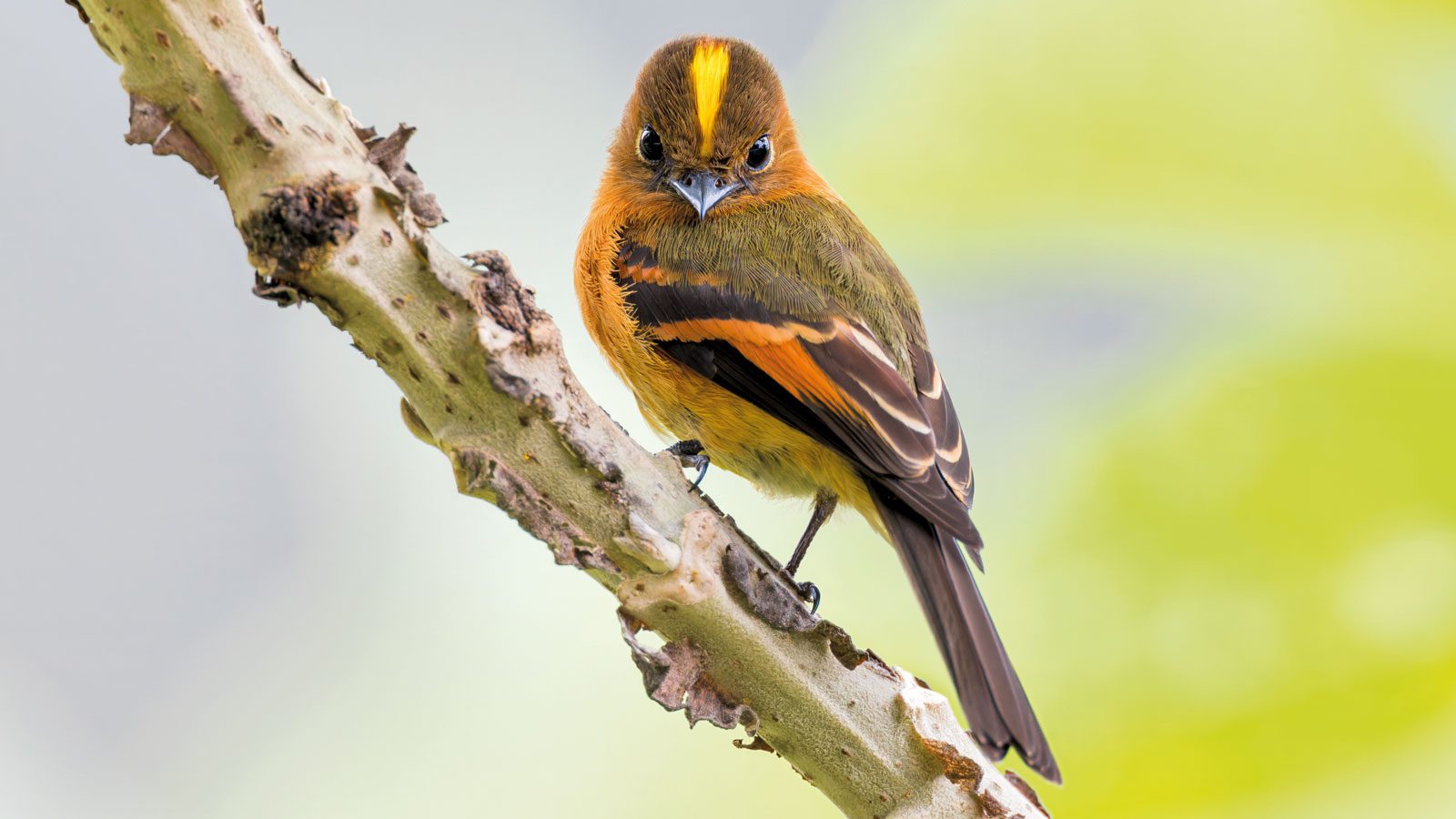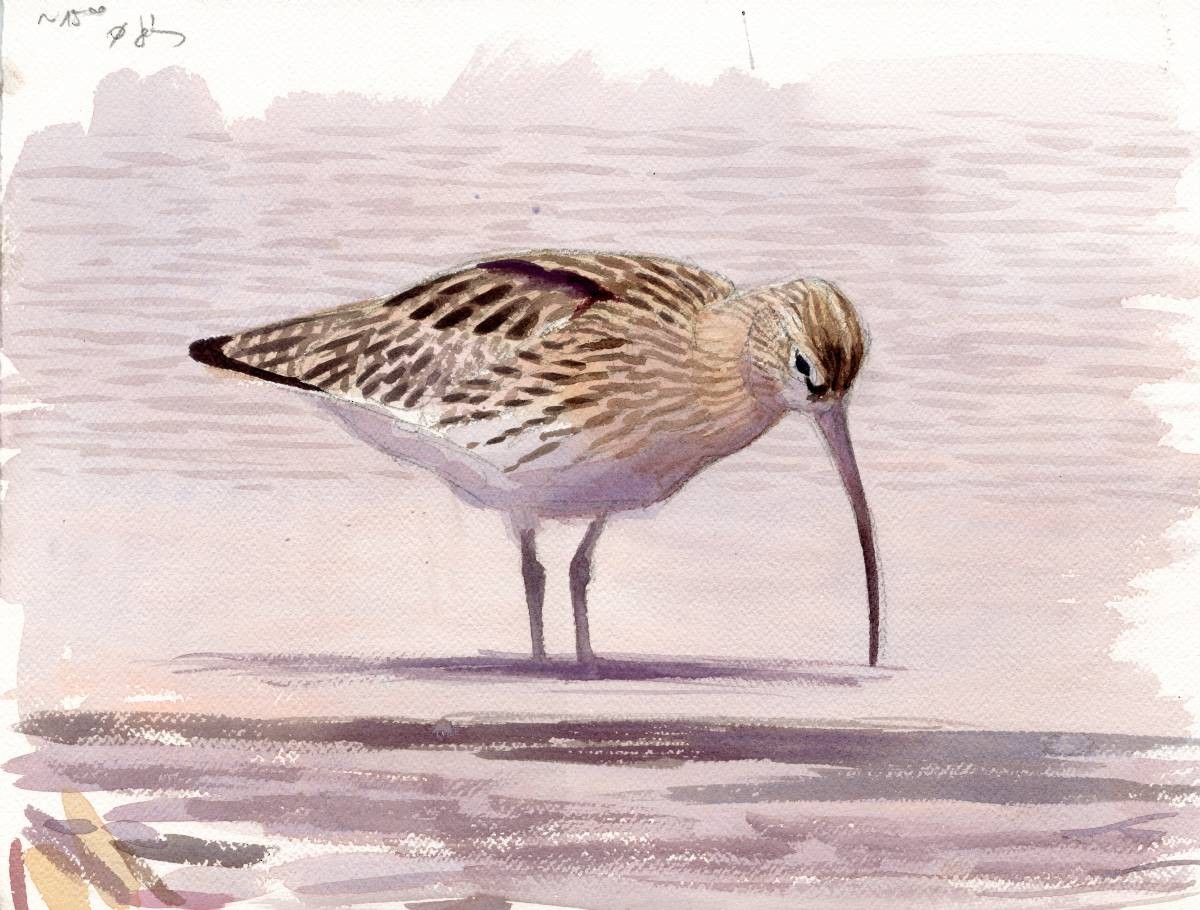A new LIFE project will bring the Bearded Vulture back from extinction in Bulgaria and strengthen the reintroduced populations of Cinereous Vulture. By improving food and habitat conditions, releasing individuals and mitigating the main threats affecting their survival, the “Life for the Bearded Vulture” project will restore the former range of Bearded and Cinereous Vulture populations in the Balkans and help the genetic flow between Western Europe, Africa and Asia.
The €5,17 million EU-funded project kicks off this August and runs until 2030 to upscale the impressive conservation results of the previous project Vultures Back to Life. The Green Balkans coordinates the project with the involvement of five partner organisations in Bulgaria; us at the Vulture Conservation Foundation (VCF), responsible for translocating and securing the captive-bred birds that will be released; and the Romanian partner Milvus group, responsible for implementing conservation actions in Romania.
New LIFE project to bring the Bearded Vulture back from extinction in Bulgaria
Bulgaria is now getting ready to welcome the third vulture species after successfully reintroducing the Griffon Vulture in the Balkan Mountains and restoring Cinereous Vulture populations across different mountains ranges. Since the 1960s, illegal wildlife poisoning, reduction in food availability, habitat loss, and other human-induced threats have severely threatened European vulture species. In Bulgaria, these threats led to Griffon Vultures’ extinction, followed by Bearded Vultures and lastly Cinereous Vultures, in the 1980s. The last two decades have been decisive in reverting the dramatic situation; several NGOs and institutions have joined efforts and resources to bring vulture species back to Bulgarian skies.
Lammergeier, copyright Stephen Daly, from the surfbirds galleries
With the new Life for the Bearded Vulture project, conservation actions will support the establishment of a Bearded Vulture breeding colony and strengthen the Cinereous Vulture populations in the Balkan Mountains. Captive-bred birds and recovered individuals from Spain will be translocated to Bulgaria and released in key Natura 2000 sites.
Releasing Bearded Vultures and Cinereous Vultures in Bulgaria
Every year, the Bearded Vulture Captive Breeding Network (Bearded Vulture EEP) strives to produce the maximum number of offspring to ensure the species’ long-term survival in Europe and the genetic diversity of wild populations. The network takes care of 184 Bearded Vultures held in captivity in 44 institutions, including Zoos, specialised breeding centres and other partnering institutions. As the coordinator of the Bearded Vulture EEP on behalf of EAZA’s Ex Situ conservation programme, the VCF apply its vast experience and contribute to secure the translocation of captive-bred Bearded Vultures.
Chicks hatched in captivity are reared by their parents (or foster parents) until they age 3 months-old. Still unable to fly, the hatchlings are transferred to a suitable habitat in a mountainous area and placed in an artificial nest, mimicking their natural way of fledging. The “hacking method” proved to be very effective in consolidating the once-extinct Alpine Bearded Vulture population, as Bearded Vultures tend to return to the area where they fledged once they reach sexual maturity. However, establishing a new breeding nucleus is a complex task. It takes almost a decade for an individual to produce offspring, sometimes more. Besides, juveniles tend to travel vast distances that often exposes them to other threats that can hinder their survival.
Cinereous Vultures that enter wildlife rescue centres in Spain will be donated by the Governments of Extremadura and Andalusia, Spain, to be released in Bulgaria, in specific sites Natura 2000 sites. Each bird released will be fitted with a GPS transmitter enabling the local teams to follow and monitor their movements and health status.
Improving food availability and habitat suitability
Project partners will enhance food availability for the two targeted vulture species by establishing new supplementary feeding sites and supporting extensive livestock farmers. Wild populations of prey species will also be reinforced in critical areas, with the release of the Balkan Chamois in the Sinite Kamani Nature Park and directed conservation actions to strengthen rock partridge, tortoise and European souslik populations. Additionally, habitat quality will be improved by pilot-testing vulture-friendly forest management strategies and installing artificial nesting structures, benefiting also other raptor species.
Mitigating threats
Apart from habitat loss and lack of food availability, wildlife poisoning, illegal shooting, electrocution, and collision with energy infrastructures are among the main human-induced factors threatening vulture species in the Balkans. Capacity-building sessions and workshops will be delivered to increase the capacity of national authorities and institutions on wildlife crime detection and law enforcement, building on the expertise of the Wildlife Crime Academy. A network of local supporters will also be established to save distressed vultures in Bulgaria and neighbouring countries.
Awareness-raising campaigns targeting farmers, hunters and other key stakeholders will be held to reduce human-wildlife conflicts and promote coexistence. Campaigns will be tested in Bulgaria and replicated in neighbouring countries, such as Romania, Serbia and North Macedonia. Educational activities with students and other activities to promote the vital role of vultures in functional and healthy ecosystems will also be delivered.
Restoring vulture populations in Bulgaria
The Vultures Back to LIFE project (2015-2022), funded by the European Commission’s LIFE programme and led by the Green Balkans and FWFF, was an important milestone in restoring the breeding populations of Cinereous Vultures in Bulgaria. Griffon Vultures were also a target species of this project, with releases to reinforce the wild populations and enormously benefiting from the feeding stations and other conservation measures implemented. To learn more about the project, download the Layman’s report or visit the project’s dedicated website.
About the Project Life for the Bearded Vulture
The LIFE for the Bearded Vulture (LIFE22-NAT-BG-Bearded Vulture LIFE) is a 5.17 million € project that will run until July 2030, co-financed by the European Union’s LIFE Programme, to establish a new breeding population of Bearded Vulture in Bulgaria and strengthen the Cinereous Vulture population.



